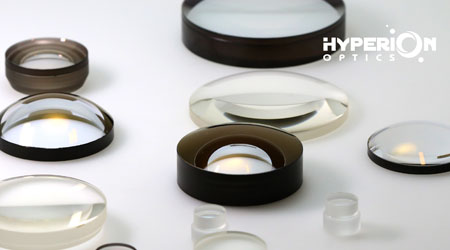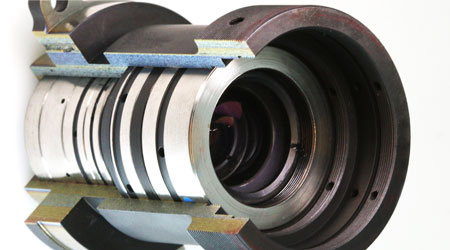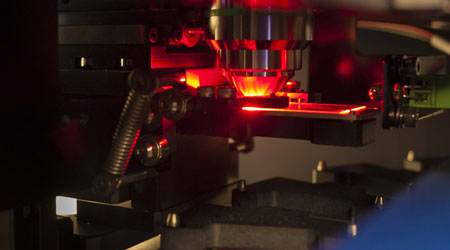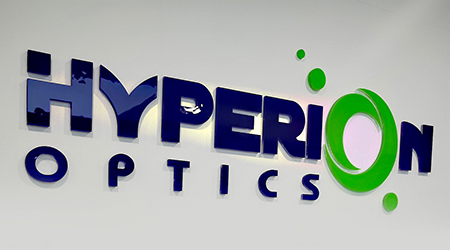A fisheye camera lens, also known as an "ultra wide-angle" or "superwide" lens, is a type of wide-angle lens that can capture extremely wide photos, usually around 180°. They create highly distorted images, giving a dynamic and abstract feeling.
The history of the fisheye camera lens can be traced back to 1906. Inventor and physicist Robert W. Wood developed a lens based on how fish perceive the underwater world. In the 1920s, it became increasingly prominent when used for studying clouds in meteorology. However, it wasn't until the 1960s that the lens truly stood out. This was when fisheye lenses were finally mass-produced.
The fisheye camera lens was used in the 1966 film "Seconds" directed by John Frankenheimer. It created a chilling and frightening scene, and the distortion caused by the lens contributed to a certain feeling for the audience. Although fisheye camera lens images have become more advanced over the years, they have appeared in many other films for various purposes.
Fisheye lenses are famous for capturing extremely wide landscapes, sky panoramas, and close-up shots of subjects such as crowds, buildings, and interiors. They are also used for capturing extreme sports like snowboarding, skateboarding, and surfing. Due to the unusual and distorted photos they produce, many photographers have adopted fisheye camera lenses. They use them to capture attractive photos of various subjects, from still life to portraits.
In short, you can unleash your creativity and use fisheye camera lenses in the following areas: creating impressions through a peephole view; art/food/landscape photography; creating pictures with eerie effects; adventure sports, etc.
Directors and cinematographers have unique moments when using fisheye lenses for filming. They have the opportunity to incorporate more peripheral areas into the frame, creating a unique atmosphere. In other cases, fisheye camera lenses are practical. For example, if you need a shot where a character looks through a peephole, this lens can provide a similar aesthetic to what you would experience in real life. Fisheye lenses were widely used in the 2018 film "The Favorite," one of the best films of that year. The lens does not appear during this period, and we don't view scenes through a camera from a peephole's perspective. In this case, the lens enhances the emotions of the characters. Overall, the film is a surreal experience for the audience, and you can never be certain where the characters' loyalty lies. It highlights the eccentricity of Anne's court.
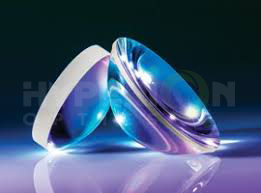
 Call us on:
Call us on:  Email us:
Email us:  R&D Center: 9B-4F 401,No.1 Qingnian Road Liando U Valley,Yuhua International Wisdom Valley, Nanjing, 210039 China
R&D Center: 9B-4F 401,No.1 Qingnian Road Liando U Valley,Yuhua International Wisdom Valley, Nanjing, 210039 China









 English
English  cn
cn  de
de  es
es  fr
fr 